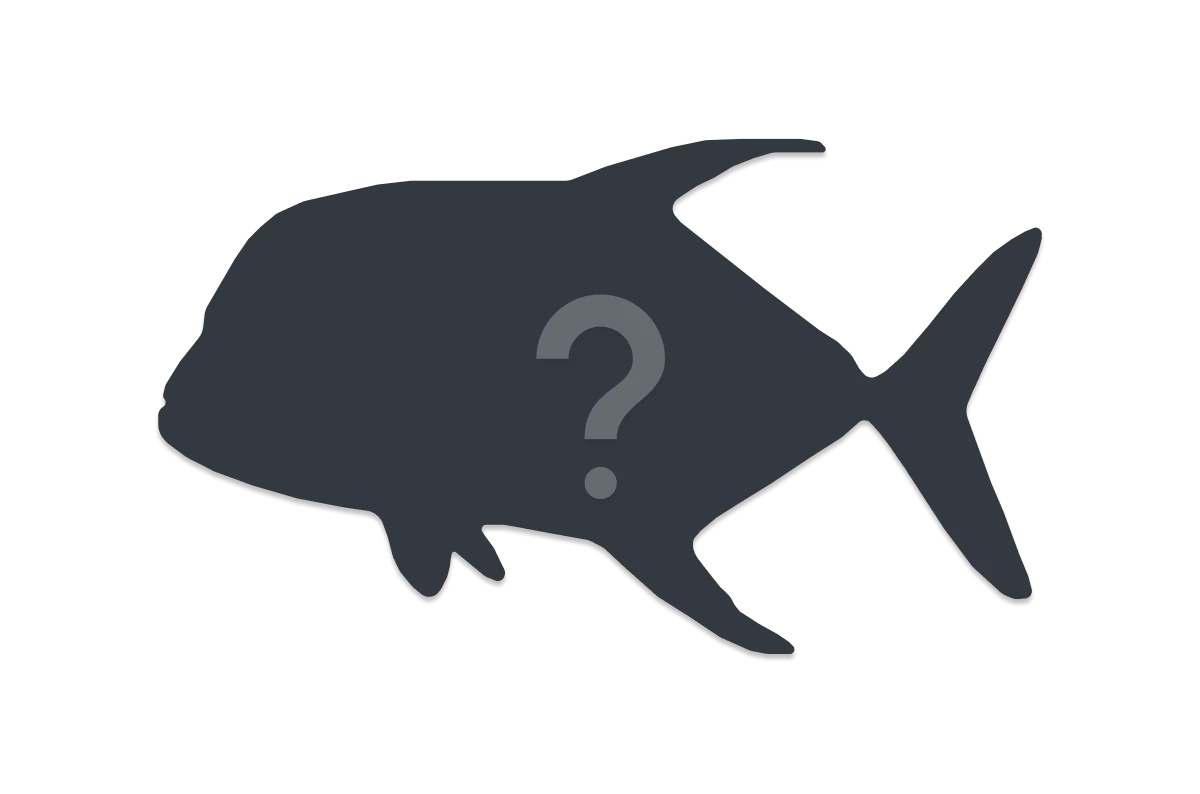Anampses neoguinaicus
Black-back wrasse | Black-banded Wrasse | New Guinea Chisel-tooth Wrasse | New Guinea Tamarin | New Guinea WrasseSimilar Species
Same Genus
Distribution
Temperate Australasia, Tropical Indo-Pacific
Description
Females and juveniles have black upper head and back, white below, dorsal and anal fins with ocelli at rear, blue-edged black spot on opercle, and blue-edged black stripe on anal fin. Large males (infrequently seen) without black back, purple/red margins on dorsal, anal and tail fins and blue and purple lines radiating from eye. Often swims in groups with other small wrasses.
Information
Max Size: 20 cm
Sea Temperature Range: 19.1-29.8°C
Depth: 4-25m
Habitat Generalization Index: 27.92
Also referred to as the SGI (Species Generalisation Index), this describes the habitat niche breadth of the species. Species with values less than 15 are found in a relatively narrow range of reef habitat types (specialists), while those over 25 may be found on most hard substrates within their range (generalists). Learn more here.
Conservation and Rarity
IUCN Status: Least Concern
Occurrence: Common (31.6% of sites)
Occurrence describes how often the species is found on surveys within its distribution. It is calculated as the % of reef sites surveyed by RLS divers across all the ecoregions in which the species has been observed
Abundance: Few (5 per transect)
Abundance is calculated as the average number of individuals recorded per RLS transect, where present.
Edit by: Joe Shields


















